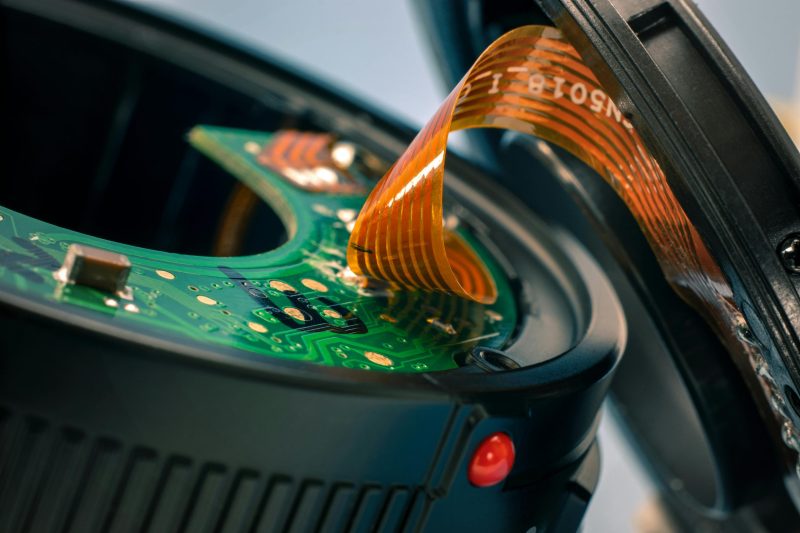Join hands to create academic brilliance.
We are committed to integrating artificial intelligence technologies with sustainable manufacturing practices.
About us
The Intelligent Computing and Manufacturing Optimization Research Team is based at Liaoning Shihua University and is composed of members from both domestic and international universities, including Liaoning University, Northeastern University, and the New Jersey Institute of Technology. The team focuses on research in the interdisciplinary field of artificial intelligence and intelligent manufacturing. With the discipline of Computer Science and Technology as its foundation, the team has established a tripartite research system that integrates “theoretical research – algorithm development – industrial application.” Through in-depth cooperation with international institutions such as the New Jersey Institute of Technology, the team continues to promote the transformation and application of technological innovation achievements in industrial scenarios.
Research Directions:
In the field of intelligent manufacturing system optimization, the team has systematically tackled the balancing problems of linear/U-shaped/parallel/bilateral disassembly lines and developed multi-resource constrained optimization algorithms based on Petri net modeling. The related achievements have been applied by leading automotive manufacturers.
In the direction of intelligent computing and algorithm innovation, more than 30 intelligent algorithms, including the improved Shuffled Frog Leaping Algorithm and Chemical Reaction Optimization Algorithm, have been successfully enhanced. An algorithm library with independent intellectual property rights has been established.
Regarding the application of deep reinforcement learning, a distributed factory scheduling system based on frameworks such as Proximal Policy Optimization (PPO) and Deep Q-Network (DQN) has been constructed to achieve intelligent decision-making for collaborative operations of multi-skilled robots.
In the field of integration of industrial big data and the metaverse, a manufacturing decision-making platform driven by digital twins has been developed, providing key technological support for the construction of smart cities.

算法驱动创新,智能赋能制造。
Introduction to the Journal Co-Founding Project
1. Project Background
2. Project Aims
- To build a high-level platform for academic exchange and promote the dissemination and sharing of academic achievements.
- To integrate resources from all parties to enhance the academic influence and market competitiveness of the journal.
- To drive academic innovation and cultivate more outstanding talents in the academic community.
3. Modes of Cooperation
-
Joint Funding: All parties will contribute funds to establish the journal based on their capabilities and willingness.
-
Joint Management: A joint management team will be established to be collectively responsible for the operation and management of the journal.
-
Joint Promotion: Utilizing the resources and channels of all parties, the journal will be promoted together to expand its influence.
4. Advantages of Cooperation
-
Complementary Resources: By sharing resources, all parties can complement each other’s strengths and enhance the overall strength of the journal.
-
Shared Risks: The operational risks will be shared among all parties, reducing the pressure on any single party.
-
Shared Benefits: The profits from the journal’s operations will be shared according to the funding contributions and the extent of contributions made by each party.
5. Journal Planning
-
Positioning: Clearly define the academic field and target audience of the journal to create a distinctive academic publication.
-
Column Settings: Establish multiple columns covering different academic fields to meet diverse needs.
-
Peer-Review Mechanism: Implement a rigorous peer-review mechanism to ensure the academic quality and authority of the journal.
6. Cooperation Process
-
Initial Communication of Intent: Both parties will conduct preliminary communication regarding their intentions for cooperation, understanding each other’s needs and expectations.
-
Signing of Agreement: After reaching a mutual agreement, a formal cooperation agreement will be signed to clarify the rights and obligations of all parties.
-
Joint Operation: In accordance with the agreement, both parties will jointly be responsible for the operation and management of the journal.
